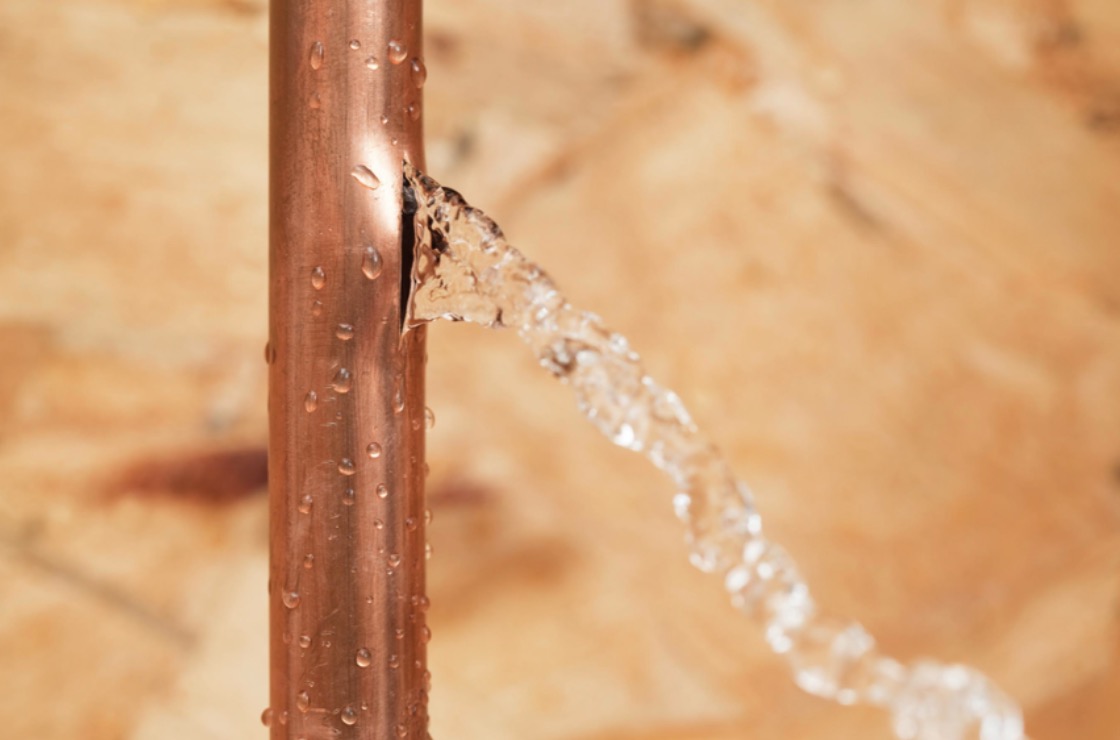Uncover Common Roots of Leak Problems Inside The Home
Uncover Common Roots of Leak Problems Inside The Home
Blog Article
The article author is making a number of great points on Top Causes of Home Water Leaks overall in this content following next.

Leakages not only create waste of water yet can also create unneeded damage to your home as well as advertise undesirable organic growth. By looking as well as recognizing for everyday circumstances that create leaks, you can secure your home from future leaks and also unnecessary damage.
Encroaching roots
Many water leakages begin outside your home as opposed to inside it. If you see an unexpected reduction in water pressure, say in your faucet, require time to head out as well as examine your lawn. You could discover damp spots or sinkholes in your yard, and that might indicate that tree origins are invading water lines triggering water to permeate out. You can have your plumber check for breach, especially if you have trees or shrubs near your residential or commercial property.
Rusty water systems
As time passes by, your plumbing system ages and also deterioration such as rust may start eating away the pipelines. This might be the root cause of staining or bending on your pipes. This asks for an inspection with your plumber promptly. If our plumbing system is old, take into consideration changing the pipelines since they are at a greater threat of rust than the more recent versions.
Defective Pipe Joints
The point at which your pipelines attach is often the weakest web link in the waterline. Pipe joints can deteriorate over time, leading to water leaks. Sadly, the majority of pipe joints are not easily visible. If you have noisy pipes that make ticking or banging noises, specifically when the warm water is activated, your pipeline joints are probably under a lot of stress. It is suggested to have your plumber evaluate your system annually.
Instantaneous temperature level adjustments.
Extreme temperature level modifications in our pipelines can trigger them to broaden and also acquire suddenly. This expansion and also tightening may trigger splits in the pipes, specifically if the temperature are below freezing. It would certainly be best if you watched on exactly how your plumbing works. The visibility of the previously stated scenarios often indicates a high threat.
Poor Water Connectors
Sometimes, a leakage can be caused by loosened pipes as well as pipelines that provide your devices. Typically, changing is what creates the loose water Connections. You may find when it comes to a washing maker, a hose pipe may spring a leakage as a result of drinking throughout the spin cycle. In case of a water connections leak, you might observe water running straight from the supply line or pools around your home appliances.
Clogged Drains
Clogged drains pipes may be annoying as well as inconveniencing, but they can occasionally end up triggering an overflow bring about burst pipes. Maintain getting rid of any materials that may drop your drains pipes that could clog them to prevent such aggravations.
All the above are reasons for leakages however not all water leakages arise from plumbing leakages; some leakages could originate from roof leaks. All leakages need to be fixed immediately to avoid water damages.
Leaks not only cause waste of water yet can additionally cause unneeded damages to your home and also advertise unwanted natural growth. By understanding and also looking for daily situations that create leaks, you can secure your home from future leakages and unnecessary damage. Today, we will look at six leak causes that might be creating your pipes to leak.
At times, a leak can be created by loosened hose pipes as well as pipes that provide your devices. In case of a water connections leakage, you may discover water running straight from the supply line or pools around your appliances.
How To Check For Water Leak In Your Home
How To Check for Leaks
The average household's leaks can account for nearly 10,000 gallons of water wasted every year and ten percent of homes have leaks that waste 90 gallons or more per day. Common types of leaks found in the home are worn toilet flappers, dripping faucets, and other leaking valves. These types of leaks are often easy to fix, requiring only a few tools and hardware that can pay for themselves in water savings. Fixing easily corrected household water leaks can save homeowners about 10 percent on their water bills.
To check for leaks in your home, you first need to determine whether you're wasting water and then identify the source of the leak. Here are some tips for finding leaks:
Take a look at your water usage during a colder month, such as January or February. If a family of four exceeds 12,000 gallons per month, there are serious leaks.
Check your water meter before and after a two-hour period when no water is being used. If the meter changes at all, you probably have a leak.
Identify toilet leaks by placing a drop of food coloring in the toilet tank. If any color shows up in the bowl after 10 minutes, you have a leak. (Be sure to flush immediately after the experiment to avoid staining the tank.)
Examine faucet gaskets and pipe fittings for any water on the outside of the pipe to check for surface leaks.
Undetected water leaks can happen without the home or business owner even realizing. If you suspect a water leak, but not able to find the source. It is time to contact a professional water leak detection service, The Leak Doctor.
How To Find a Water Leak In Your Home
https://www.leakdoctor.com/blog/How-To-Check-For-Water-Leak-In-Your-Home_AE197.html

We had been guided to that write-up about How to Find Water Leaks from someone on another web page. Are you aware of someone else who is involved in the niche? Take a moment to share it. Thank you for your time spent reading it.
Efficient help? Call! Report this page